Types of Solar Panels in Pakistan
As more people worldwide switch to using less electricity and opt for solar energy, the demands of solar panels are increasing.
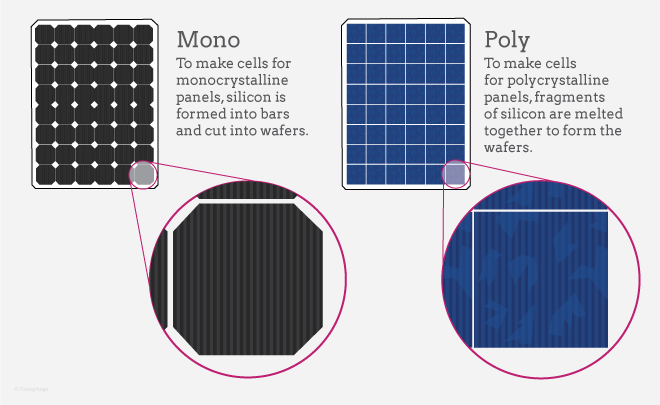
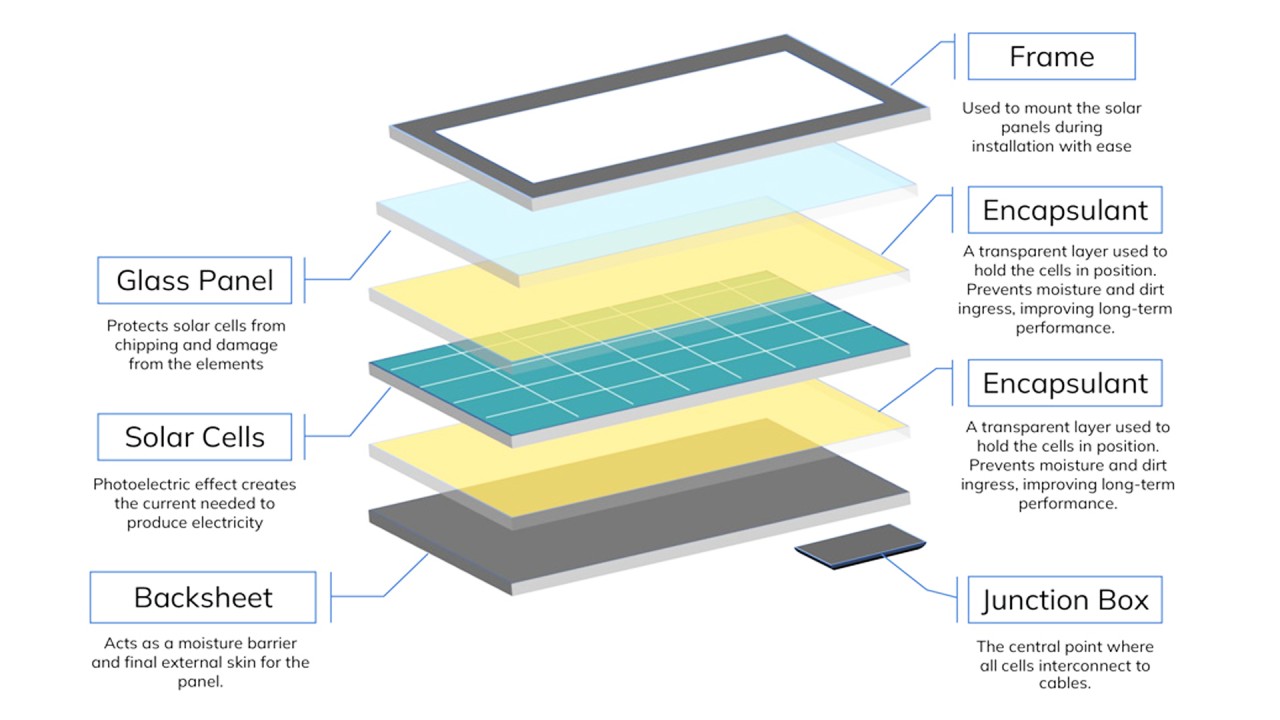
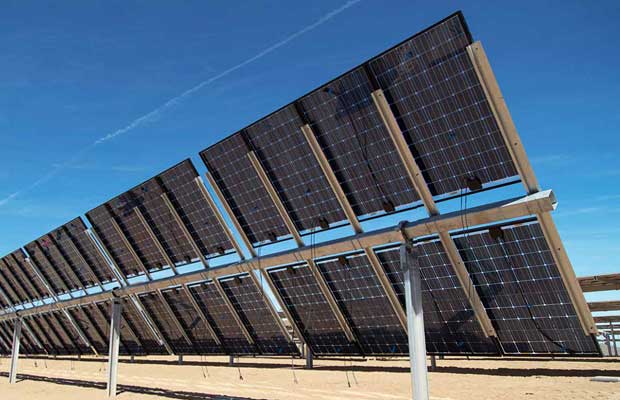
Types of Solar Panels in Pakistan: A Practical Guide
In Pakistan, the shift towards solar energy is gaining momentum due to increasing electricity costs and a growing concern for the environment. If you’re considering solar panels for your home or business, it’s important to understand the options available to make the right choice. Here’s a simple breakdown of the types of solar panels commonly used in Pakistan:
1. Monocrystalline Solar Panels:
These panels are known for their efficiency and sleek appearance. They’re made from single-crystal silicon, which makes them highly efficient in converting sunlight into electricity. Monocrystalline panels are great for places with limited roof space or where maximizing energy output is essential.
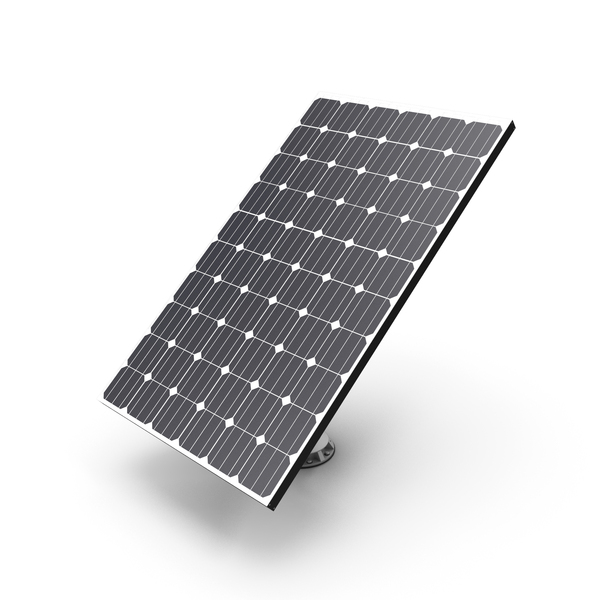
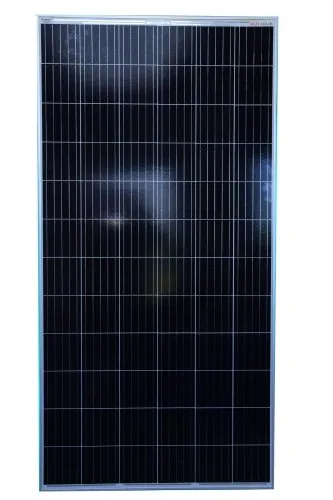
2. Polycrystalline Silicon Solar Panels:
These are made from silicon crystals that are melted together. They are less expensive to manufacture than monocrystalline panels but are slightly less efficient. These panels generally have lower efficiency compared to monocrystalline panels because the crystal structure is less uniform These panels are usually more cost-effective to manufacture than monocrystalline panels.
3. Thin-Film Solar Panels:
These panels are lightweight and flexible, made by depositing a thin layer of photovoltaic material onto a substrate. While they’re less efficient than crystalline panels, they perform better in low-light conditions and are easier to install. Thin-film panels can even be integrated into building materials, making them suitable for certain architectural uses.
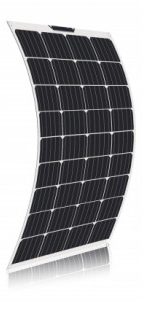
Installation of Solar Panal on Roof Top
4. Bifacial Solar Panels:
Bifacial panels can generate electricity from both sides, capturing sunlight reflected off surfaces like rooftops or the ground. This dual-sided capability increases overall efficiency, especially in areas with high reflectivity. Bifacial panels are gaining popularity in Pakistan for their potential to generate more energy and perform well in various light conditions.
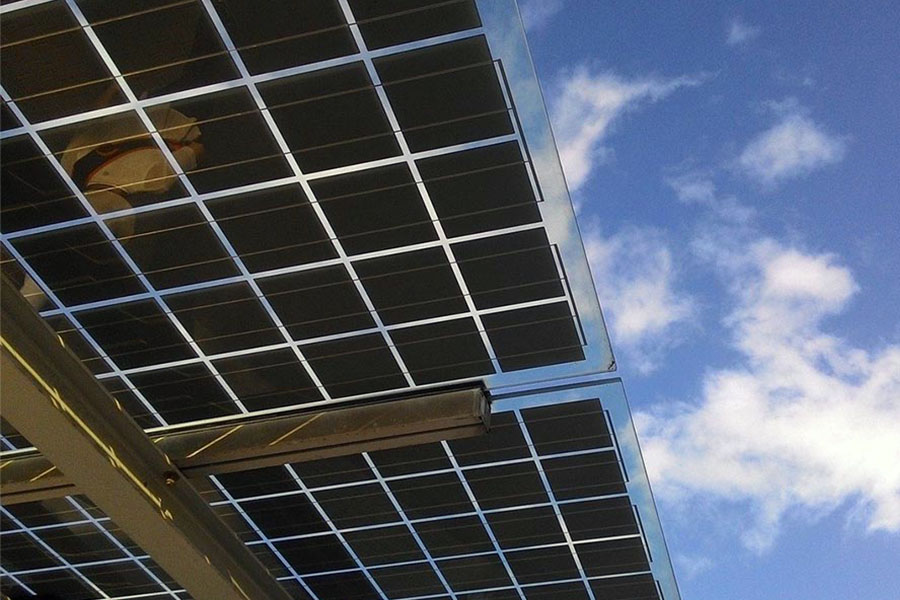
Key Considerations When Choosing Solar Panels:
Efficiency: Look at how well the panels convert sunlight into electricity. Higher efficiency panels produce more electricity per unit of space.
Cost: Balance the upfront cost of panels with long-term savings on energy bills. Monocrystalline panels are more expensive but often offer better efficiency and durability.
Space Availability: Assess the available roof or ground space for installation. Choose panels that can maximize energy production within the space you have.
Local Conditions: Consider local weather patterns, temperature fluctuations, and shading that could affect panel performance.
Warranty and Durability: Check the warranty and durability of panels, which is crucial in Pakistan’s diverse climate.
Conclusion:
Choosing the right solar panel for your needs in Pakistan involves understanding your energy requirements, space availability, and budget. Monocrystalline panels are great for efficiency in limited space, while polycrystalline panels offer a cost-effective solution for larger areas. Thin-film and bifacial panels provide alternative options based on specific needs and environmental conditions.
As solar technology advances, Pakistanis are increasingly turning to solar panels as a sustainable energy solution. By selecting the appropriate panel type, you can harness solar energy efficiently, reduce reliance on traditional power sources, and contribute to a cleaner environment for future generations
